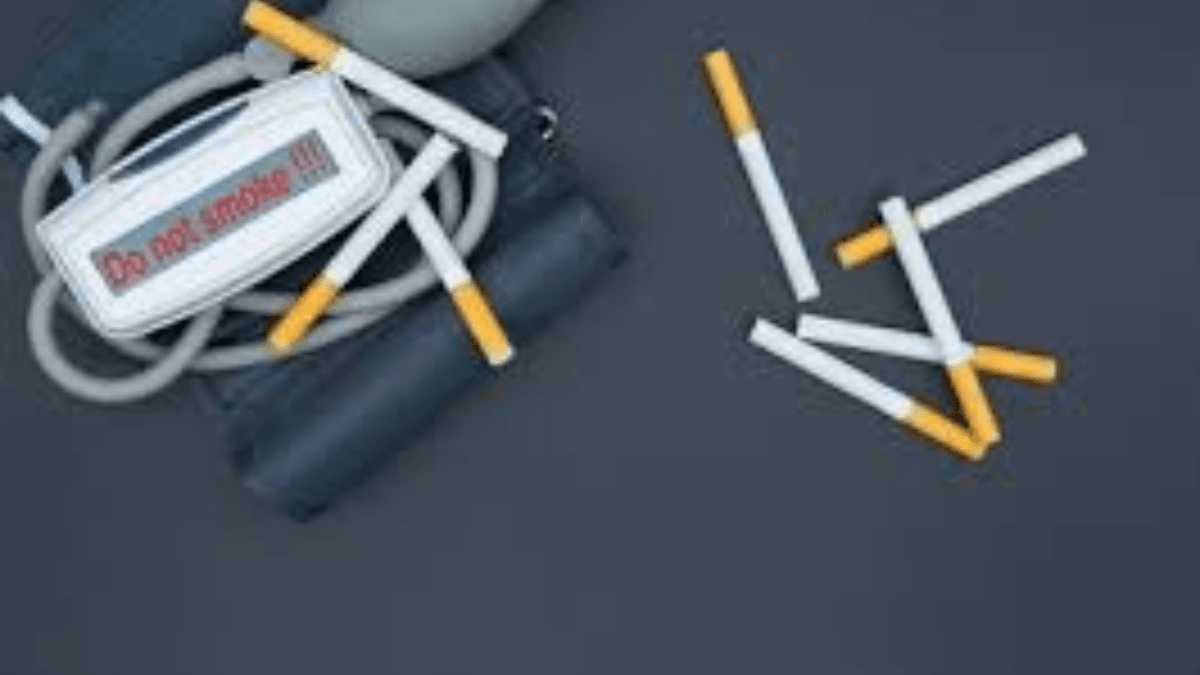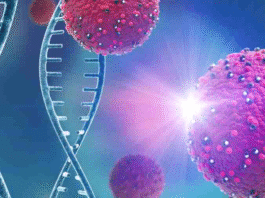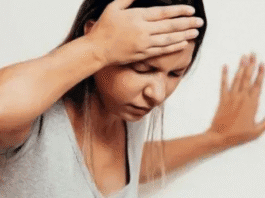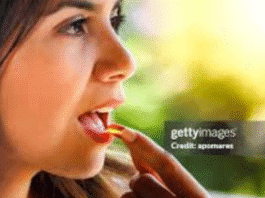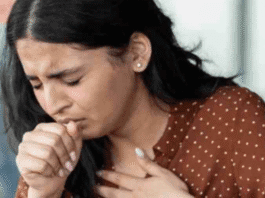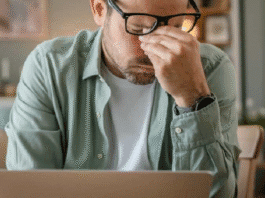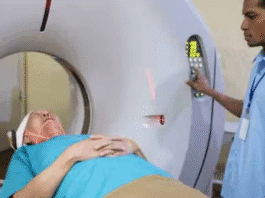Understanding High Blood Pressure (Hypertension)
What Is High Blood Pressure?
Smoking and High blood pressure, or hypertension, is often dubbed the “silent killer” for a reason. It’s sneaky, rarely shows symptoms in its early stages, and it slowly erodes your body from within. Essentially, hypertension is the force of your blood pushing against the walls of your arteries. When this pressure remains high for extended periods, it can lead to serious health complications.
The Ripple Effects of Hypertension
- Heart Disease: Your heart works harder than it should. That extra workload thickens the heart muscles and increases the risk of heart attacks.
- Kidney Problems: High pressure damages the arteries around the kidneys, reducing their ability to filter waste.
- Stroke: If blood flow to the brain is interrupted by clots or ruptured arteries, a stroke occurs. High blood pressure significantly increases this risk.
But Wait—Where Does Smoking Fit Into This?
Glad you asked. Buckle up because we’re about to connect the dots between cigarettes and that ticking time bomb in your arteries.
Smoking and Blood Pressure: A Dangerous Duo
The Doctor Said It Best
“When smoking narrows the arteries, they are no longer flexible. This increases blood pressure, which increases the risk of heart disease.“
Not just poetic. It’s clinical. It’s brutal. And it’s the truth.
What Happens When You Smoke?
Nicotine: The Not-So-Friendly Villain
Let’s start with nicotine, the star of this ugly show. As soon as nicotine enters your bloodstream:
- Your heart starts racing
- Your arteries constrict
- Your blood pressure spikes
This chemical is like a thief in the night—stealing your heart’s peace and your blood vessels’ flexibility.
Chemical Chaos in Your Bloodstream
Cigarette smoke holds over 7,000 chemicals, many of which are toxic. These chemicals:
- Damage the lining of your arteries
- Increase the stickiness of your blood (read: blood clots)
- Reduce oxygen by introducing carbon monoxide, which your red blood cells pick up over actual oxygen
Now, imagine trying to pump thick, oxygen-poor blood through narrowed, damaged arteries. That’s your cardiovascular system under siege.
Short-Term Spikes, Long-Term Damage
The Immediate Aftermath
Lighting up a cigarette causes an immediate rise in both blood pressure and heart rate. This increase can last for up to an hour. Smoke a pack a day? You’re basically in a constant hypertensive state.
Over Time: Arteries Take the Hit
Smoking doesn’t just raise blood pressure temporarily; it permanently damages blood vessels. It causes:
- Atherosclerosis: Plaque buildup in arteries
- Reduced flexibility: Arteries lose their ability to dilate properly
- Increased risk of clots: Sticky blood + narrow arteries = disaster
The Scariest Part? Passive Smoking

Secondhand Smoke Is No Joke
Even if you don’t smoke, just breathing in someone else’s smoke can:
- Raise your blood pressure
- Increase your heart rate
- Damage your arteries over time
Doctors call it passive smoking. We call it uninvited cardiovascular sabotage.
How Smoking Leads to Other Health Problems
Stroke and Smoking: A Dangerous Equation
Carbon monoxide reduces oxygen levels, and nicotine makes your heart pump faster. This high-speed pressure cooker inside your arteries can rupture blood vessels in the brain, causing a stroke.
More than 50% of strokes are linked to high blood pressure. Add smoking to the mix, and you’ve just thrown gasoline on the fire.
The Lung-Heart Connection
Sure, we all know smoking damages the lungs. But did you know lung issues reduce oxygen supply to your blood? That makes the heart pump harder, increasing blood pressure.
Yep, it’s all connected. Even One Cigarette Is Risky
Can One Smoke Hurt?
Short answer: Yes.
Smoking just one cigarette a day:
- Makes your blood sticky
- Increases clot risk
- Raises blood pressure
It punches your heart and vessels in the face—and walks away.
Nicotine Addiction: Why People Keep Lighting Up
Brain Chemistry and Cravings
Nicotine tricks your brain. It releases dopamine, a feel-good chemical. You feel relaxed, but it’s a lie. It’s not relaxation; it’s withdrawal relief.
Psychological Triggers
- Stress relief: A false sense of calm
- Boredom: Something to do
- Routine: Morning coffee, work break, post-meal—you name it
Social Traps
- Peer pressure
- Cultural acceptance
- Role modeling (hello, smoking scenes in movies)
Early Exposure and Genetics
If you started young or have a genetic predisposition, quitting can be even harder. But not impossible. Remember: The addiction is strong, but so are you.
How Long Does Smoking Affect Blood Pressure?
The One-Hour Window
After smoking, your blood pressure remains elevated for up to one hour. If you smoke every hour or two, you’re maintaining high BP all day long.
Long-Term Effects
- Chronic inflammation of arteries
- Permanent blood vessel damage
- Increased risk of cardiovascular disease, stroke, and kidney failure
What Happens When You Quit Smoking?

Immediate Wins
- 20 minutes after quitting: Heart rate and blood pressure start to normalize
- 12 hours: Carbon monoxide drops to normal
- 1 week: Lung performance improves
Long-Term Gains
- 1 year: Heart disease risk is cut in half
- 5-10 years: Stroke risk equals that of a non-smoker
See? Quitting isn’t just admirable—it’s transformative.
How to Lower High Blood Pressure Quickly and Safely
Short-Term Relief
- Deep breathing: Inhale peace, exhale pressure
- Hydration: Drink water
- Chill out: Relax in a calm environment
- Avoid caffeine and alcohol
Long-Term Solutions
- Exercise: 30 minutes a day
- Eat clean: Less salt, more veggies, whole grains
- Sleep well: 7-9 hours per night
- Quit smoking: Seriously, the best thing you can do
Smoking vs. Vaping: Is There a Lesser Evil?
Vaping and Blood Pressure
Some think vaping is the healthier cousin of smoking. But:
- Nicotine is still there
- Blood pressure still spikes
- Arteries still suffer
Until we have long-term studies proving otherwise, vaping is not a get-out-of-jail-free card.
How to Quit Smoking Without Losing Your Mind
So, you’ve decided to quit smoking? Bravo. That’s not just a small lifestyle tweak—it’s a full-blown declaration of war on nicotine. Now, let’s arm you with the battle plan.
🎯 Step 1: Pick Your Quit Date Like a Boss
No more “someday.” Pick a specific date within the next two weeks. Circle it, announce it, maybe even throw a little “Goodbye Cigarettes” party. Tell your doctor, too—they’ve got weapons like nicotine patches and prescription meds in their arsenal.
Pro tip: Don’t pick your birthday or New Year’s. You’re quitting, not setting yourself up for emotional sabotage.
✍️ Step 2: Know Your “Why”
Write it down. Not just once, every day if you have to.
- “I want to breathe better.”
- “I want to live to see my grandkids.”
- “I’m tired of smelling like an ashtray with legs.”
Whatever it is, make it personal and powerful.
🔍 Step 3: Know Your Triggers (and Outsmart Them)
Is it your morning coffee? Your drinking buddy? Stress after a work call? The “I’m bored” excuse?
→ Write them down.
→ Put a plan next to each one.
Like:
- Trigger: Morning coffee
Plan: Drink it outside without a cigarette and do some deep breathing.
🛠️ Step 4: Build Your “Instead” List
Smoking’s out. What’s in?
- Walk the dog
- Text a friend
- Do 10 squats (You’ll thank yourself later)
- Chew gum
- Squeeze a stress ball
- Scroll memes
- Doodle in the margins of your notebook like it’s 2003
Save your list on your phone. You will forget in the heat of the craving. Future you will thank you.
💊 Step 5: Use Nicotine-Replacement Like a Smart Rebel
Talk to your doctor about:
- Nicotine patches
- Gum
- Lozenges
- Prescription meds like varenicline (Chantix) or bupropion (Zyban)
These aren’t cheating—they’re weapons. Use them wisely.
🤝 Step 6: Don’t Go It Alone
Join a quit-smoking group, Facebook community, or call the American Lung Association. That support group is the one thing that keeps you from lighting up after a rough day.
Quitting smoking isn’t about willpower alone—it’s about strategy + backup.
🧹 Step 7: Clean House
- Toss your lighters, ashtrays, and any secret stashes.
- Wash your clothes.
- Air out your car.
- Make your space smell like the freedom of eucalyptus and fresh lemons (or Febreze, if you’re low-key).
🧠 Step 8: Mind Games to Outsmart the Urge

- Breathe in slowly… hold… now exhale. Do it a few times.
- Craving? Delay it. Wait 10 minutes. Most cravings vanish like your ex’s promises.
- Keep your hands busy—drum, knit, fidget, scroll, whatever.
- Replace the smoke break with a stretch, a brisk walk, or a scroll through good news headlines.
🍏 Step 9: Snack Smart, Not Smoky
Cravings? Munch on:
- Carrot sticks
- Celery
- Sugar-free gum or mints
- Ice chips
- Anything crunchy that doesn’t involve setting it on fire
Avoid caffeine and booze for a while—they often whisper, “Just one puff…” Don’t listen. They lie.
🏃 Step 10: Move That Body
Exercise = your secret weapon.
- Lowers stress
- Burns calories
- Distracts your brain
- Makes you feel like a total boss
Even short walks help. Do it for your lungs, your heart, your mood, your future self.
📢 Step 11: Tell People
Let your friends, family, and coworkers know you’re quitting. Not for applause (although, heck yeah, you deserve it), but so they can back you up. Or at least stop offering you smokes.
And if you live with a smoker, time for a very honest chat: “Support me—or take it outside.”
😤 What to Expect After Quitting: The Good, The Bad & The Mucus
Let’s be real. The first 1–2 weeks will be rough. Why? Withdrawal. Here’s what hit:
- Cravings that make you want to gnaw on furniture
- Mood swings worthy of a soap opera
- Headaches
- Hunger (because your body’s like “Where’s my fix?”)
- Coughing as your lungs clean house
But here’s the truth bomb: These symptoms are signs your body is healing. Ride them out. They will pass—usually in 10–14 days.
🧭 Keep Your Eyes on the Prize
Instead of focusing on what you’re losing, focus on what you’re gaining:
- Fresh lungs
- Cleaner skin
- A sharper sense of taste and smell
- Money (you’ll save thousands annually—imagine the shopping spree!)
- A longer, better life
Final Word
You’re not “just quitting smoking.” You’re reclaiming control. You’re saying, “Hey nicotine, you don’t run my life anymore.”
And if you slip up? No shame. Get back on track. One puff doesn’t define your journey—what you do next does.
Final Word: The Heart Doesn’t Lie
Smoking and high blood pressure are best friends—in the most toxic way imaginable. If you’re dealing with hypertension, lighting up a cigarette is like throwing a match into a gasoline tank.
You’ve only got one heart. Treat it like royalty.
Key Takeaways
- Smoking causes immediate and long-term increases in blood pressure
- Artery damage from smoking leads to serious diseases like heart attack, stroke, and kidney failure
- Even secondhand smoke can elevate blood pressure
- Quitting smoking can dramatically reduce your blood pressure and overall risk
Remember: About your health, the only smoke you should be near is from a candle on your birthday cake.
So, are you ready to stub out the stick and take control of your heart? Because your heart—quite literally—can’t afford another puff.
Discover more from currentnewschannel.com
Subscribe to get the latest posts sent to your email.
